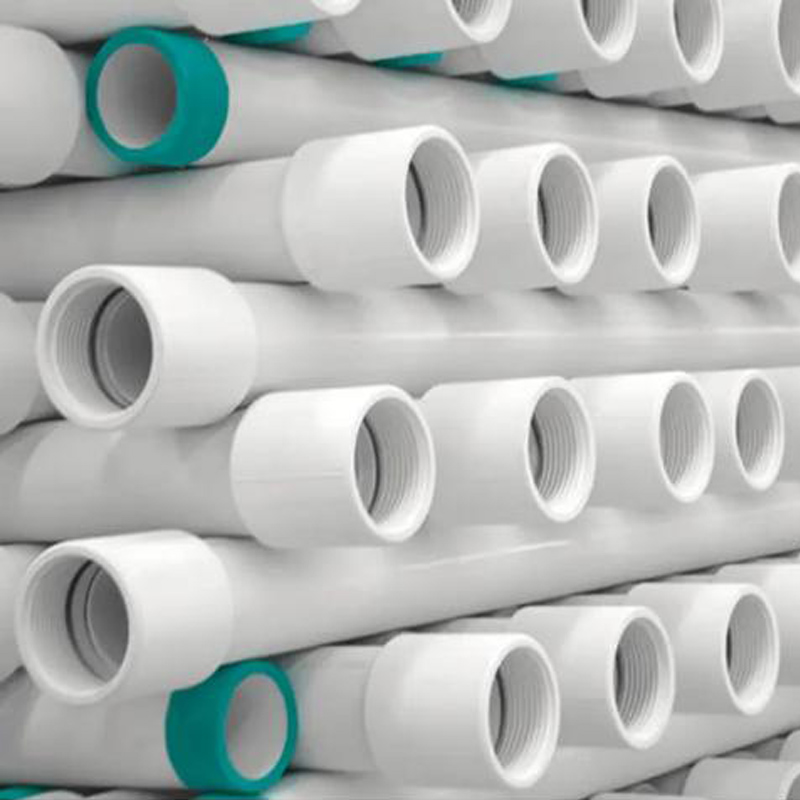Sep . 15, 2024 03:47 Back to list
hdpe pipe sizes product
Understanding HDPE Pipe Sizes and Their Applications
High-Density Polyethylene (HDPE) pipes have gained immense popularity in various industries due to their durability, flexibility, and resistance to corrosion and chemical exposure. They are commonly used for water supply, drainage, mining, and telecommunications due to these unique properties. One of the critical aspects when working with HDPE pipes is understanding their various sizes and how these dimensions affect their application.
Why Size Matters?
The size of HDPE pipes is a crucial factor to consider because it directly impacts flow rate, pressure, and the overall efficiency of the piping system. HDPE pipes come in various diameters and wall thicknesses, allowing engineers and designers to tailor their installations to specific needs. Standard sizes are defined by the Pipe Diameter Nominal (DN) and the Schedule number, which corresponds to the wall thickness.
Available sizes typically range from 16 mm (0.63 inches) to 1000 mm (39.37 inches) in diameter, with nominal sizes allowing connections to various fittings and valves. The size of the pipe should be chosen based on the intended application, as factors like fluid type, flow rate, and environmental conditions will dictate the most suitable dimensions.
Common HDPE Pipe Sizes
1. Small Diameter Pipes (16 mm to 63 mm) These pipes are often utilized for residential applications, such as water service lines, irrigation systems, and gas distribution. Their smaller size allows for easier handling and installation in confined spaces.
2. Medium Diameter Pipes (75 mm to 200 mm) These pipes are typically found in commercial and municipal applications, including fire protection systems, stormwater drainage, and sewage systems. Their larger diameter enables them to accommodate higher flow rates and pressures.
hdpe pipe sizes product

3. Large Diameter Pipes (225 mm to 1000 mm) Often used for industrial distributions, these pipes can handle substantial volumes of water, wastewater, and other liquids. They are integral to large-scale operations, such as water treatment plants and large sewer networks.
Choosing the Right Size for Your Application
When selecting HDPE pipe sizes for specific projects, it’s essential to consider several factors. First, assess the required flow rate. The pipe diameter must be sufficient to allow the necessary volume of liquid to pass without causing excessive pressure loss. Additionally, the nature of the fluid being transported, such as its viscosity and whether it carries solids, influences the sizing decision.
Secondly, consider the installation environment. Underground installations may require thicker-walled pipes to endure soil pressures, while above-ground systems can utilize lighter profiles.
Lastly, be aware of local regulations and standards that may dictate specific materials, sizes, or installation practices, especially in municipal applications involving water supply and wastewater management.
Conclusion
In conclusion, understanding the various sizes of HDPE pipes is essential for engineers, contractors, and project managers involved in designing and implementing piping systems across diverse applications. By carefully selecting the right size based on flow requirements, environmental considerations, and regulatory standards, professionals can ensure optimal performance and longevity of their HDPE systems. As industries continue to evolve, the flexibility and resilience of HDPE pipes remain critical components in modern infrastructure development.
-
High-Quality PVC Borehole Pipes Durable & Versatile Pipe Solutions
NewsJul.08,2025
-
High-Quality PVC Perforated Pipes for Efficient Drainage Leading Manufacturers & Factories
NewsJul.08,2025
-
High-Quality PVC Borehole Pipes Durable Pipe Solutions by Leading Manufacturer
NewsJul.08,2025
-
High-Quality PVC Borehole Pipes Reliable PVC Pipe Manufacturer Solutions
NewsJul.07,2025
-
High-Quality UPVC Drain Pipes Durable HDPE & Drain Pipe Solutions
NewsJul.07,2025
-
High-Quality Conduit Pipes & HDPE Conduit Fittings Manufacturer Reliable Factory Supply
NewsJul.06,2025

